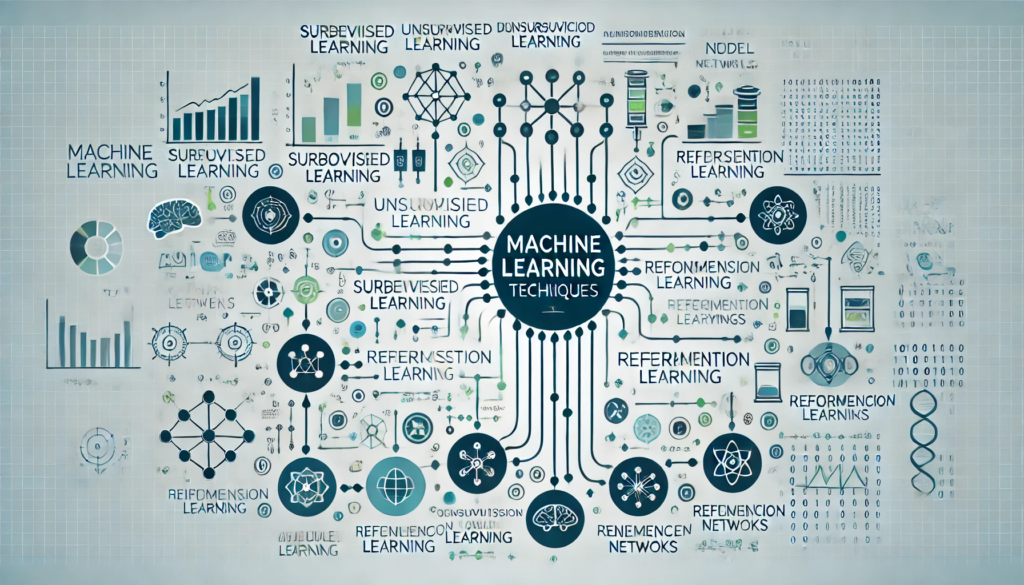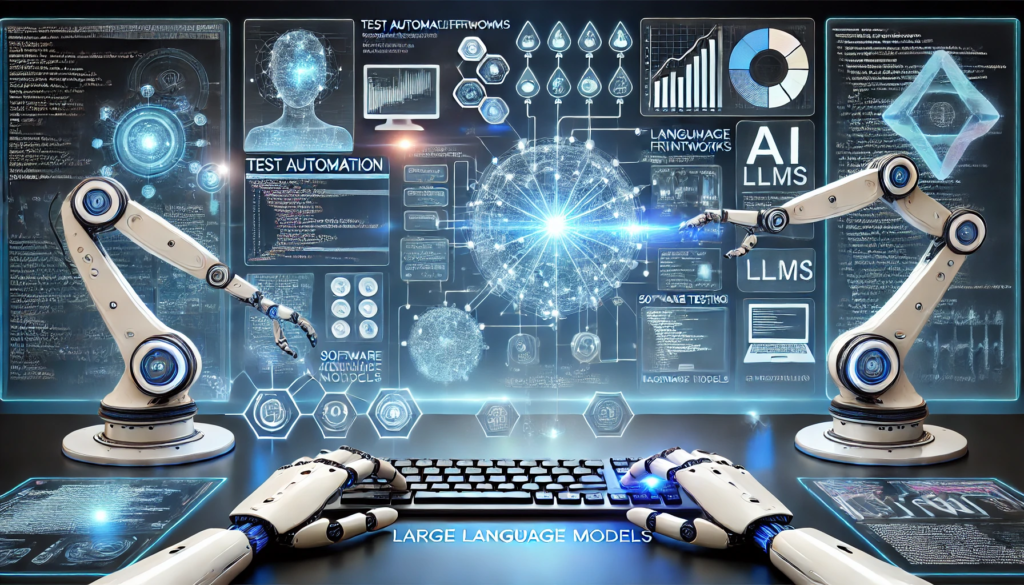Understanding Quantum Mechanics and Quantum Computing: Shaping the Future
Introduction Quantum mechanics, a fundamental theory in physics, explains the behavior of particles at the smallest scales. At the heart of this theory lies the principle that particles can exist in multiple states simultaneously, a property known as superposition. This principle, along with entanglement — where particles become interconnected and the state of one can …
Understanding Quantum Mechanics and Quantum Computing: Shaping the Future Read More »





